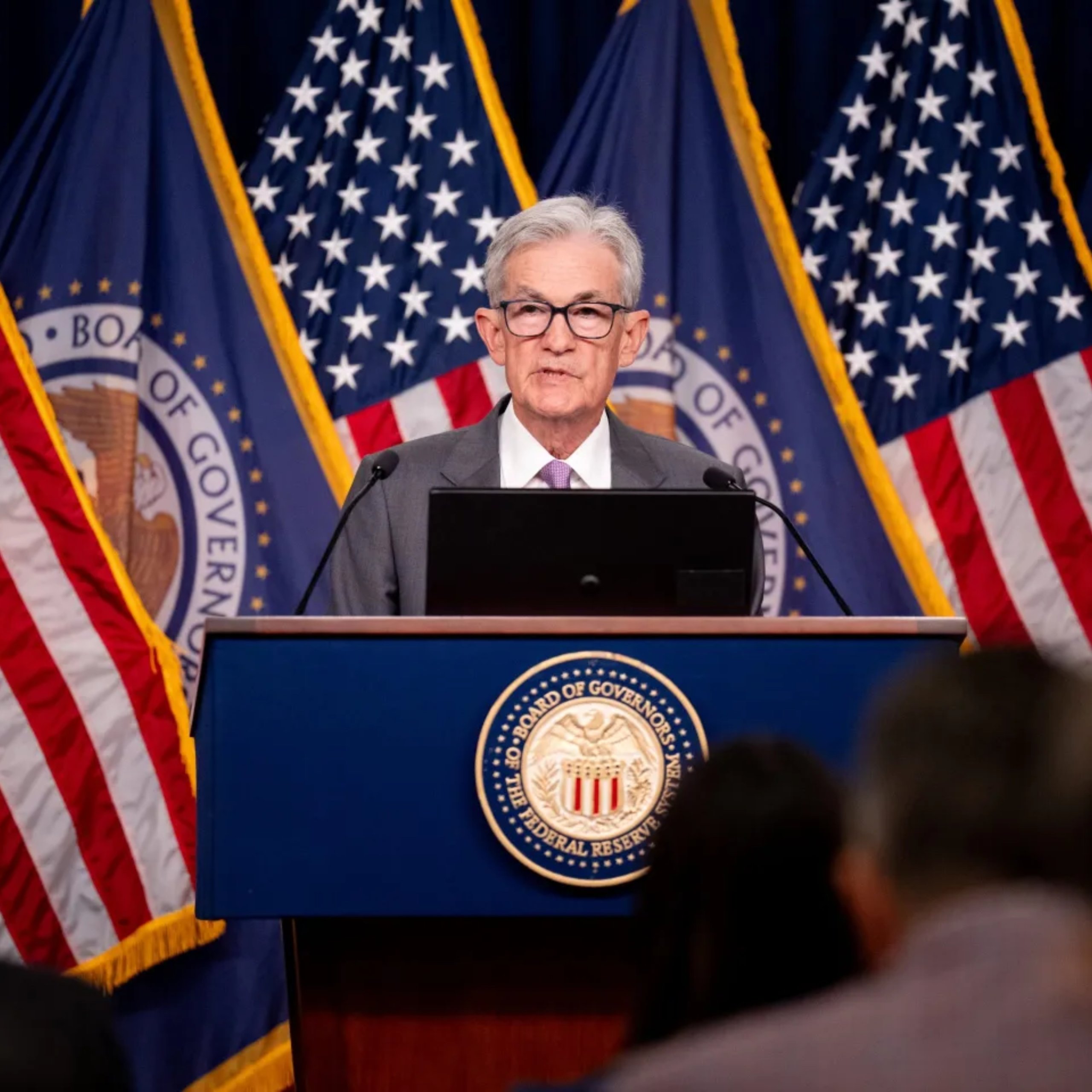On Wednesday, the US Federal Reserve lowered its benchmark interest rate by half a percentage point, aggressively initiating a policy shift to bolster the US labor market. The Fed slashed rates by 50 basis points from the current 23-year high of between 5.25% and 5.50%, marking the first significant interest rate reduction since the Covid-19 pandemic.
Chair Powell reads opening statement at the #FOMC press conference on September 18, 2024.https://t.co/siWde1ROZbhttps://t.co/6RIaICHKP0https://t.co/OWm3igA8oU
— Federal Reserve (@federalreserve) September 18, 2024
In response to the Fed, central banks in the GCC followed suit. The UAE Central Bank (CBUAE) announced that it would reduce the base rate for the Overnight Deposit Facility (ODF) by 50 basis points, lowering it from 5.40% to 4.90%. This change will take effect on Thursday, September 19, 2024. The Saudi Central Bank decided to cut the repo rate by 50 basis points to 5.50% and reduce the reverse repo rate by 50 basis points to 5%.
The #CentralBankUAE has decided to Cut the Base Rate applicable to the Overnight Deposit Facility (ODF) by 50 basis points – from 5.40% to 4.90%, effective from Thursday, 19 September 2024 pic.twitter.com/juSXMngJmO
— Central Bank of the UAE (@centralbankuae) September 18, 2024
Qatar’s central bank registered the greatest rate cut, slashing interest rates by 55 basis points. The central bank revealed that the ending interest rate was cut to 5.70%, the deposit interest rate to 5.20%, and the repo rate to 5.45%. Additionally, the Central Bank of Bahrain (CBB) has decided to trim its overnight deposit rate by 50 basis points from 6.00% to 5.50%, starting September 19, 2024. In a statement, the CBB elaborated on rate cuts, explaining how this decision reflects the Kingdom’s greater plan to “maintain monetary and financial stability in light of global financial market developments.”
The Central Bank of Kuwait also implemented rate cuts, slashing the discount rate by 25 basis points from 4.25% to 4% effective Thursday, September 19.
In light of landmark rate cuts across the globe, the dollar slipped by 0.5%, punctuating a more than one-year low. US stocks rose shortly after the Fed’s announcement, and the gold market touched new heights at $2,591.19 per ounce. “Historically, gold performs well during rate-cut cycles—a trend that appears poised to repeat. With a 25% gain year-to-date, further increases seem likely. Over the past three rate-cutting cycles, gold has gained an average of 43% from the peak of interest rates through the cycle,” remarked Vijay Valecha, Chief Investment Officer, Century Financial.
Following the announcement, Fed Chairman Jerome Powell commented on the decision to action an aggressive monetary policy at a press conference, stating, “This decision reflects our growing confidence that with an appropriate recalibration of our policy stance, strength in the labor market can be maintained in a context of moderate growth and inflation moving sustainably down to 2%.” In a Federal Open Market Committee (FOMC) statement, the Fed stressed maintaining “inflation at the rate of 2% over the longer run” while actively ensuring “maximum employment.” Charu Chanana, Head of FX Strategy at Saxo Bank, warned investors, stating that “while the direction of travel is evident, the speed is far less certain. The Fed’s soft landing remains the primary goal, but the revision of the neutral rate higher and limited forward guidance will likely keep markets volatile.”
*This article has been updated with comments from Charu Chanan and Vijay Valecha on commodities and market volatility.






